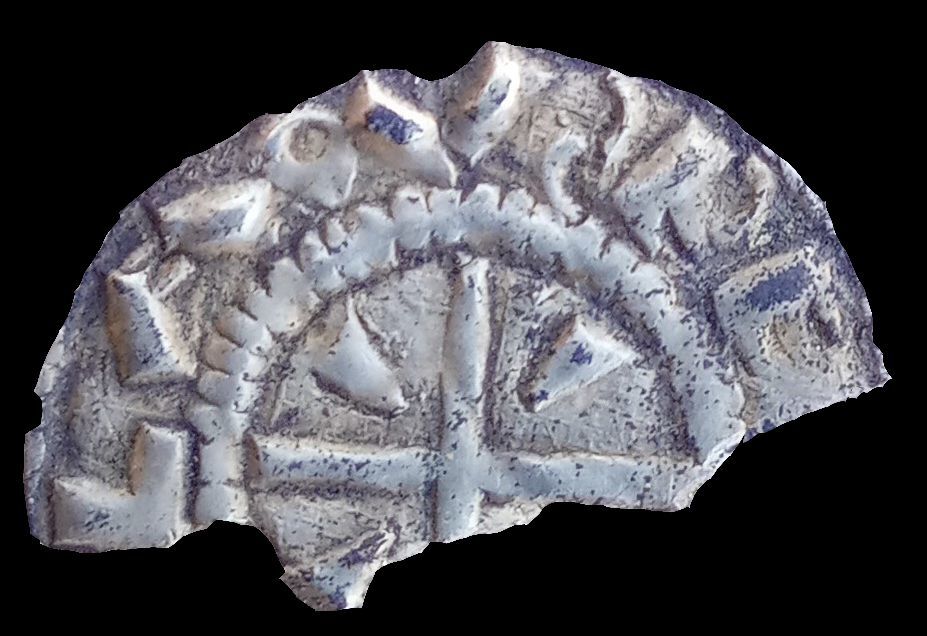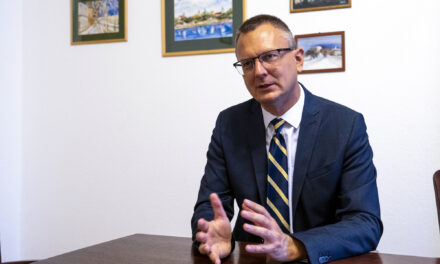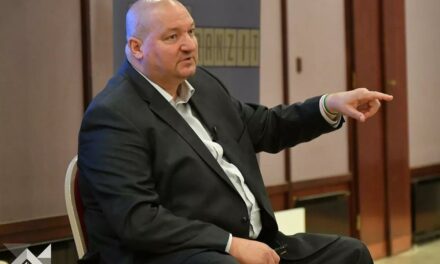The planned excavation works in the area of the Benedictine monastery in Bakonybéli within the framework of the Kings – Saints – Monasteries research program launched with the support of the Eötvös Loránd Research Network (ELKH) have been completed, the Eötvös Loránd Research Network informed.
The excavation in the courtyard of the monastery yielded many surprising facts about the centuries-old history of the monastic community founded by Saint Stephen.
The excavation results show that the vast majority of the surface now being explored was undeveloped during the Árpád era, so it can be assumed that the core of the church and the medieval monastery fell outside this area. Based on this, it can be concluded that the church and the central buildings are probably to be found under the baroque buildings that are still standing today. With the completion of the field work, the research entered the processing phase, during which the evaluation of the results is supported by various natural science methods.
At first, it might be hard to believe, but it is true: even though Bakonybél belongs to the earliest monasteries of the Kingdom of Hungary, the former buildings of the Benedictines had not been systematically researched before. Within the framework of the research program supported by ELKH, in 2022, for the first time, a way was opened for an archaeological planning excavation that did not necessarily have to be adapted to the needs of various construction works.
This year, a fragment of a silver coin was found, as well as four different, partially or completely intact burials, as well as a lot of disturbed bones and skulls. The interpretation of the cemetery section raises exciting questions, which you can read more about on the website of the Eötvös Loránd Research Network.
Source and image: Eötvös Loránd Research Network













